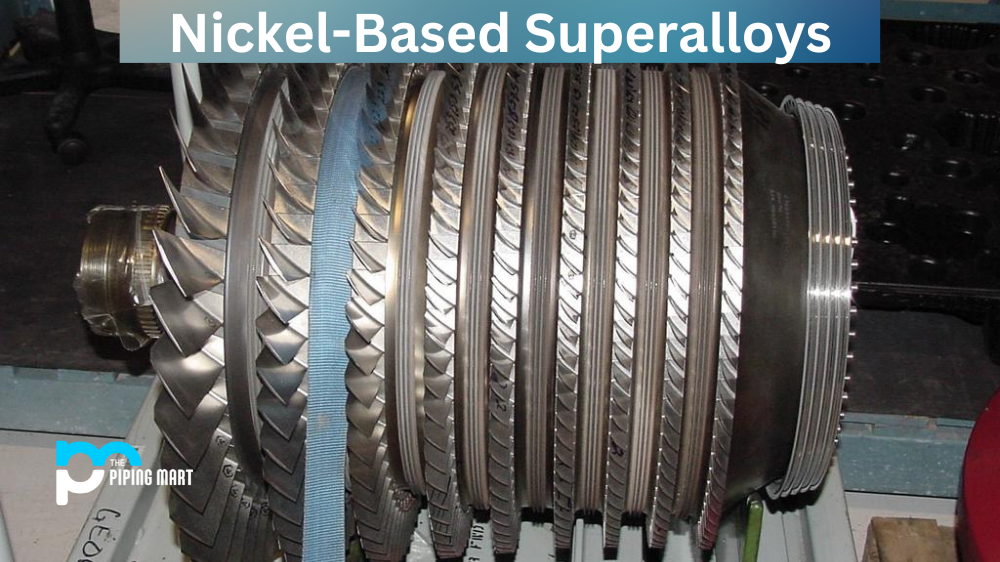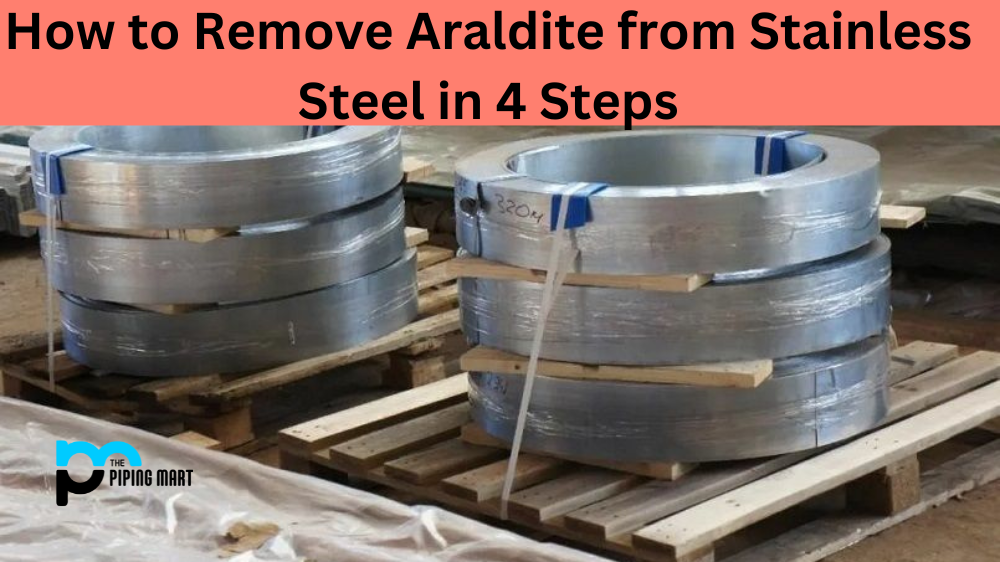Regarding steel tubing, there are two popular options in the market: ERW (electric resistance welded) pipe and DOM (drawn over mandrel) tubing. These two types of tubing have distinct characteristics and benefits, and it’s essential to understand their differences to make the right choice for your project. In this blog, we’ll compare ERW pipe and DOM tubing, their strengths and limitations, and which applications they are best suited for. So, let’s get started.
Difference Between ERW Pipe and DOM
Manufacturing Process
One of the most significant differences between ERW pipe and DOM tubing is how they are manufactured. ERW pipe is made by rolling a sheet of steel into a tube and welding the seam. The weld line appears as a raised bead on the inside and outside of the box, which can be removed if required. On the other hand, DOM tubing is formed by drawing a solid metal bar through a die and then pulling a mandrel through the tube to shape it. The process results in a seamless, precise, and uniform line.
Strength
ERW pipe and DOM tubing have different strength characteristics. ERW pipe is weaker than DOM tubing because of the seam weld, which can act as a stress point that weakens the pipe’s overall strength. In contrast, DOM tubing is more robust and durable because of its seamless construction. DOM tubing is also made from high-strength low-alloy steel that can withstand higher loads and stresses.
Cost
ERW pipe is often less expensive than DOM tubing because of its manufacturing process. ERW pipe production involves fewer steps and lower complexity, which reduces the cost of materials and labour. On the other hand, DOM tubing requires more machinery and a higher skill level due to its precise manufacturing process, which can increase production costs.
Applications
ERW pipe and DOM tubing have specific applications where they are best suited. ERW pipe is commonly used in plumbing, construction, and manufacturing applications that don’t require high precision. It’s also preferred for applications where a seam weld is acceptable. On the other hand, DOM tubing is used in precision applications that require tight tolerances, such as in the automotive and aerospace industries. It’s also used in applications where load-bearing strength is essential, such as suspension systems and hydraulic cylinders.
Other Differences
- Erw pipe is made of a single piece of metal, while dom is made of multiple pieces welded together.
- Erw pipe is less expensive than a dom.
- Erw pipe is more likely to leak than a dom.
- Dom is more vital than erw pipe.
- Dom can be used for high-pressure applications, while erw pipe cannot.
Conclusion
In conclusion, ERW pipe and DOM tubing are popular steel options with different characteristics and applications. ERW pipe is cheaper, easier to produce, and well-suited for non-precision, non-critical applications. DOM tubing is more expensive, but it’s seamless construction and high strength make it ideal for critical and high-precision applications that require maximum durability and performance. Choosing the correct type of tubing for your project depends on the application’s strength, precision, budget, and overall performance requirements.
Rachana is a dedicated and ambitious young woman who has made a name for herself in the metal industry. From her earliest days in the industry, Rachana showed a natural talent for problem-solving and a keen eye for detail. In her free time, She enjoys reading up on the latest advancements in the industry, as well as exploring new ways to innovate and improve upon existing processes.




